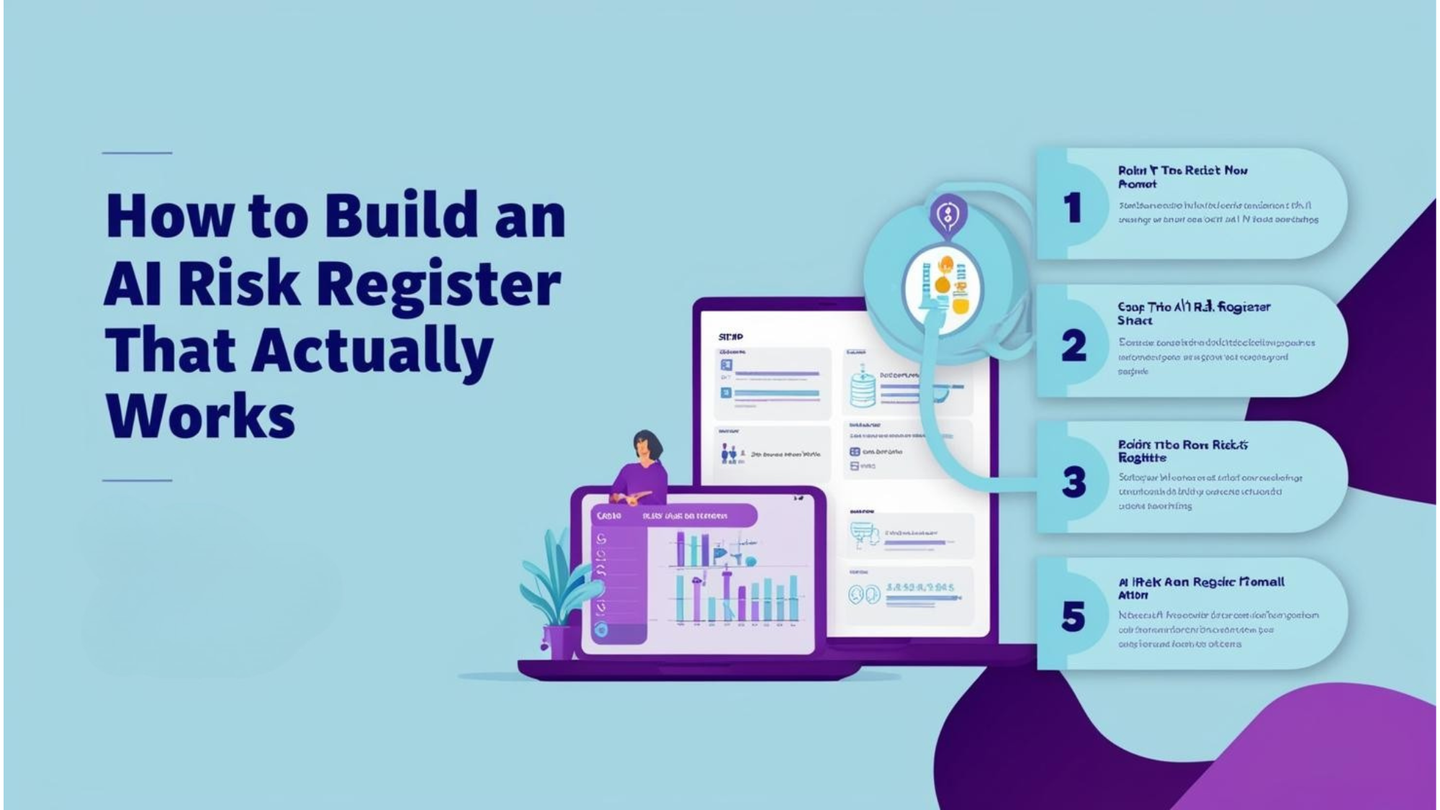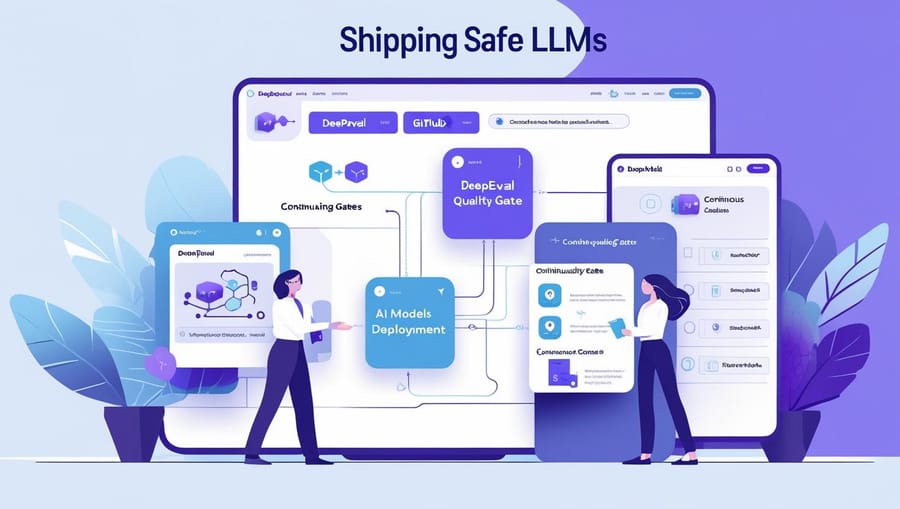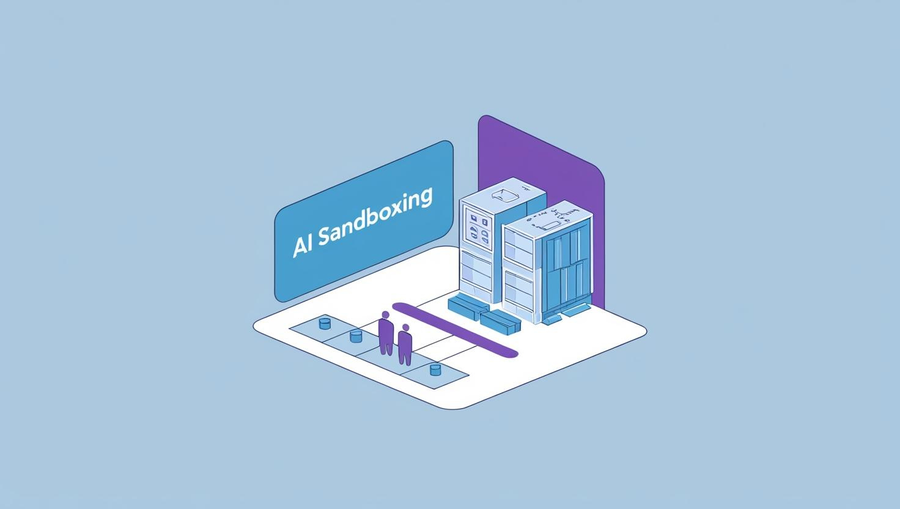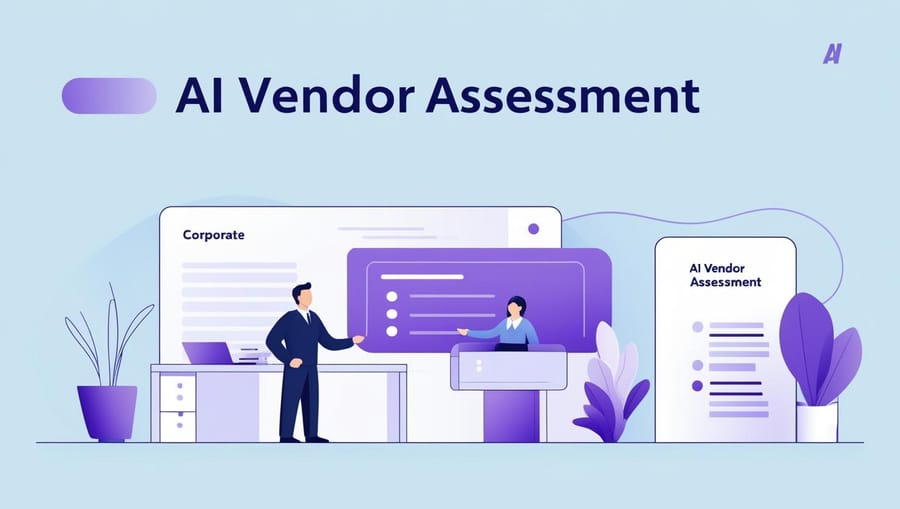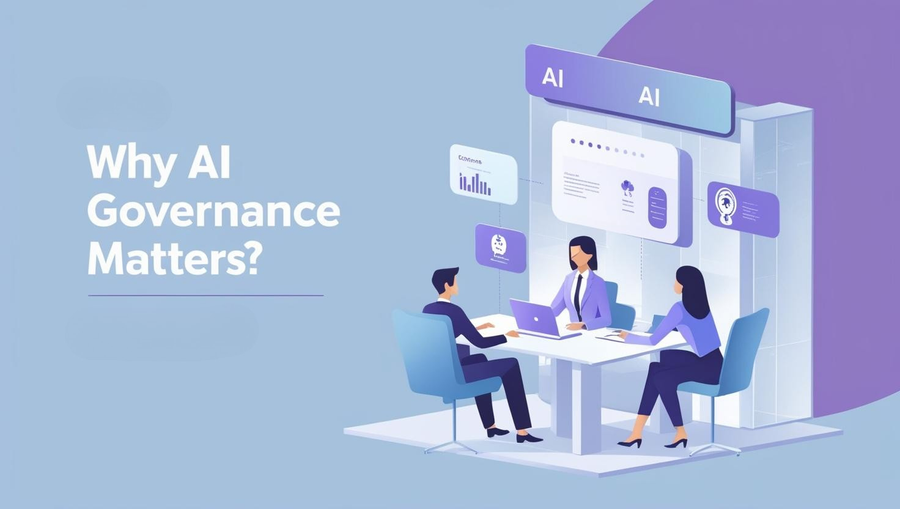AI is transforming industries, but are we prepared for the risks it brings?
As regulations like the EU AI Act, NIST AI Risk Management Framework, and ISO/IEC 42001 take shape, organizations face growing pressure to go beyond traditional IT risk frameworks and establish robust, AI-specific governance. The AI Risk Register is emerging as a foundational tool to document, monitor, and mitigate the unique risks associated with machine learning systems.
Yet, many organizations still treat AI risk as an afterthought. Risk registers are often too shallow to be useful or too technical for risk and compliance teams to engage with effectively.
This guide breaks down how to build an AI Risk Register that not only checks the compliance box but also drives cross-functional accountability and better decision-making.
✨ Why an AI Risk Register Matters
AI introduces new dimensions of risk:
- Autonomy and unpredictability in decision-making
- Evolving behavior (e.g., model drift)
- Bias and fairness issues
- Explainability and accountability gaps
- Security vulnerabilities (e.g., adversarial attacks, prompt injections)
- Opaque supply chains (third-party models, data provenance)
These risks are not static and often emerge dynamically across the AI lifecycle. A well-maintained AI risk register helps:
- Detect risks early
- Assign ownership and remediation plans
- Track control effectiveness
- Provide an audit trail for regulators and stakeholders
🛠️ Core Components of a High-Impact AI Risk Register
Here's what a best-in-class AI risk register should include:
1. Risk ID and Description
Every entry starts with a clear description of the risk.
- Example: "Model may produce racially biased outputs due to underrepresentation in training data."
2. AI Asset Context
- AI Use Case / Application Name
- Associated Model(s) and Version
- Deployment Environment (e.g., production, testing)
- Business Process or Function impacted
3. Risk Type / Category
Use standardized taxonomies:
- Performance Risk (accuracy, drift)
- Fairness and Bias Risk
- Privacy Risk
- Security Risk (e.g., adversarial attacks)
- Legal / Regulatory Risk
- Ethical / Societal Risk
4. Risk Source / Identification Method
- Model testing & validation reports
- Internal audits or red teaming
- External obligations (e.g., GDPR, EU AI Act)
- Stakeholder feedback
5. Risk Impact and Likelihood (Inherent Risk)
Quantify using defined scales:
- Impact: High / Medium / Low or 1–5 scale
- Likelihood: High / Medium / Low or probability-based scoring
- Inherent risk score = Impact x Likelihood
6. Risk Owner(s)
Assign responsibility across:
- Data Science / ML Engineer
- Risk / Compliance Officer
- Business Owner or Product Manager
7. Controls / Mitigating Actions
Link to specific risk controls:
- Differential privacy
- Bias audits and rebalancing
- Model interpretability tools (e.g., SHAP, LIME)
- Guardrails and approval workflows
8. Residual Risk Rating
What risk remains after controls are applied?
- Important for demonstrating risk acceptance or need for further mitigation.
9. Control Effectiveness Review
Track whether controls are:
- Implemented
- Tested
- Operating effectively
10. Status and Review Dates
- Status: Open / In Progress / Mitigated / Residual Risk Accepted
- Review Frequency (e.g., Quarterly, After Model Updates)
🔎 Practical Considerations for Building an AI Risk Register
Identifying AI-Specific Risks: Beyond the Obvious
The "Black Box" Dilemma:
Imagine a healthcare AI predicting patient readmission rates. If the model's decision-making is opaque, how do you address potential biases that could lead to discriminatory outcomes?
A landmark ProPublica investigation revealed how an algorithm used in U.S. hospitals systematically underestimated the health needs of Black patients, spotlighting racial bias in healthcare AI.
Scenario: A financial institution uses an AI to automate loan approvals. The AI, trained on historical data, inadvertently discriminates against applicants from certain neighborhoods, perpetuating existing inequalities. You need to document the specific risk of "algorithmic bias due to unrepresentative training data" and its potential legal and reputational impacts.
Adversarial Attacks: The Digital Saboteur:
Picture a self-driving car AI being tricked by subtle alterations to road signs, causing it to misinterpret traffic signals.
Research from MIT and UC Berkeley has shown how minor visual tweaks to road signs can fool AI models in self-driving cars—highlighting the real-world risks of adversarial attacks.
Scenario: Your company's AI-powered fraud detection system is vulnerable to adversarial attacks, where fraudsters subtly manipulate input data to bypass detection. This risk needs to be quantified in your register, including the potential financial losses and security breaches.
Unintended Use: The "Wild West" Scenario:
An AI tool designed for internal employee performance evaluation is repurposed by a marketing team to target specific customer demographics, raising privacy concerns.
Scenario: A language model, intended for customer service, is used to generate personalized marketing emails that contain factual inaccuracies or offensive content. Your risk register must account for the potential reputational and legal risks associated with unintended or misuse of the AI.
Quantifying and Prioritizing Risks: The "Impact vs. Likelihood" Dance
The "Financial Hit" Factor:
Use real-world financial data to estimate the potential impact of AI failures, such as losses from fraudulent transactions or regulatory fines.
Example: Assign a monetary value to the risk of "data breach due to AI vulnerability," considering potential fines under regulations like GDPR or CCPA.
Probability and Predictability:
Leverage historical data and expert opinions to estimate the likelihood of AI risks, such as the probability of model drift or adversarial attacks.
Example: Assign a probability score to the risk of "model drift leading to inaccurate predictions," based on the frequency of data changes and model retraining.
Use a risk matrix to visualize and prioritize.
Developing Mitigation Strategies: The "Prevent and Protect" Playbook
Technical Controls: The Digital Shield:
Implement robust data validation and monitoring systems to detect and prevent data quality issues and adversarial attacks.
Example: Employ anomaly detection algorithms to identify unusual data patterns that could indicate adversarial attacks.
Governance Policies: The Rules of Engagement:
Establish clear policies and procedures for AI development, deployment, and monitoring, including data governance, ethical guidelines, and audit trails.
Example: Create a policy for "human-in-the-loop" decision-making in high-stakes AI applications.
Third-Party Audits:
Regularly have a third party audit the AI system. This is a good way to find problems that internal teams may miss.
Documenting and Tracking Risks: The "Paper Trail" Power
Centralized Risk Register:
Use a dedicated risk management platform or database to track all AI risks, mitigation strategies, and monitoring activities.
Example: Implement a risk register that includes fields for risk description, impact assessment, likelihood assessment, mitigation strategies, responsible parties, and monitoring status.
Audit Trails:
Maintain detailed records of all AI development, deployment, and monitoring activities to support audits and investigations.
Example: Log all changes to AI models, data sets, and governance policies.
Regular Review and Updates: The "Living Document" Approach
Dynamic Risk Assessment:
Recognize that AI risks are dynamic and can change rapidly, requiring continuous monitoring and periodic risk assessments.
Example: Schedule regular risk reviews to assess the effectiveness of mitigation strategies and identify emerging risks.
Staying Current:
Follow industry publications and regulatory updates to stay informed about the latest AI risks and best practices.
Example: Subscribe to newsletters and publications from organizations like NIST, OECD, and the Alan Turing Institute.
🎓 Example Use Case: AI in Financial Services
A bank uses a machine learning model for credit scoring. The AI risk register identifies:
- Risk: Discriminatory impact against younger applicants.
- Source: Discovered during fairness testing.
- Impact: High (legal/regulatory exposure under Equal Credit Opportunity Act).
- Mitigation: Introduced age-normalized training dataset and fairness constraints.
- Residual Risk: Medium (due to complexity of fairness across subgroups).
- Status: Mitigated, next review in 90 days.
This entry feeds into the bank’s model risk governance and regulatory reporting, tying AI performance directly to operational risk metrics.
🖊️ Best Practices for Implementing an AI Risk Register
1. Start with High-Impact Use Cases
Focus your initial register on high-risk AI applications:
- Customer-facing decisions (e.g., loan approval)
- Sensitive domains (healthcare, HR, legal)
- Automated decision-making with legal effects
2. Align to Known Frameworks
- Use NIST AI RMF categories: mapping, measuring, managing, and governing.
- Classify AI risks under the EU AI Act’s four-tier system (Minimal, Limited, High, Unacceptable).
- Integrate with ISO 42001 risk management principles.
3. Involve Cross-Functional Teams
Bring in compliance, legal, cybersecurity, data science, and product teams to:
- Co-develop the risk criteria
- Share ownership and accountability
- Ensure coverage across technical and business perspectives
4. Automate Where Possible
Leverage tooling for:
- Risk scoring automation
- Integration with MLOps platforms (e.g., SageMaker, MLflow)
- Real-time monitoring of metrics like drift, bias, and performance
5. Treat It as a Living Document
- Review risk entries regularly (especially after model updates)
- Track drift, performance changes, new threats, or emerging regulations
- Include feedback loops from human reviewers or downstream impacts
📊 Connecting the AI Risk Register to Enterprise Risk
Make sure the AI risk register doesn’t live in a silo.
CognitiveView’s platform unifies AI risk management into your enterprise-wide risk strategy by enabling:
- Enterprise-wide heatmaps of AI risk exposure across applications and departments
- Aggregated, real-time risk metrics tailored for board-level and regulatory reporting
- Direct alignment of AI risks with broader financial, operational, and reputational risk domains—all without needing external GRC integration
🚀 How CognitiveView Supports AI Risk Registers
CognitiveView’s AI Governance platform offers built-in functionality to power dynamic, standards-aligned AI risk registers:
- Auto-discovery of AI assets and risks via integration with ML pipelines and surveys
- Real-time monitoring of model risk metrics (bias, drift, accuracy) with built-in alerts
- Automated risk identification using control thresholds and NIST-aligned risk taxonomy
- Cross-functional collaboration workflows with role-based ownership and approvals
- Lifecycle-based risk updates triggered by model version changes, retraining, or guardrail violations
- Visual risk dashboards and compliance heatmaps for board and regulator engagement
✨ Final Thoughts
In the AI era, a risk register is more than a static spreadsheet—it’s a strategic governance tool. It bridges technical complexity with operational accountability and serves as a living record of how your organization understands, evaluates, and manages AI-related risks.
Done right, your AI Risk Register becomes a central piece of your AI governance architecture—one that empowers teams to innovate responsibly and confidently.

